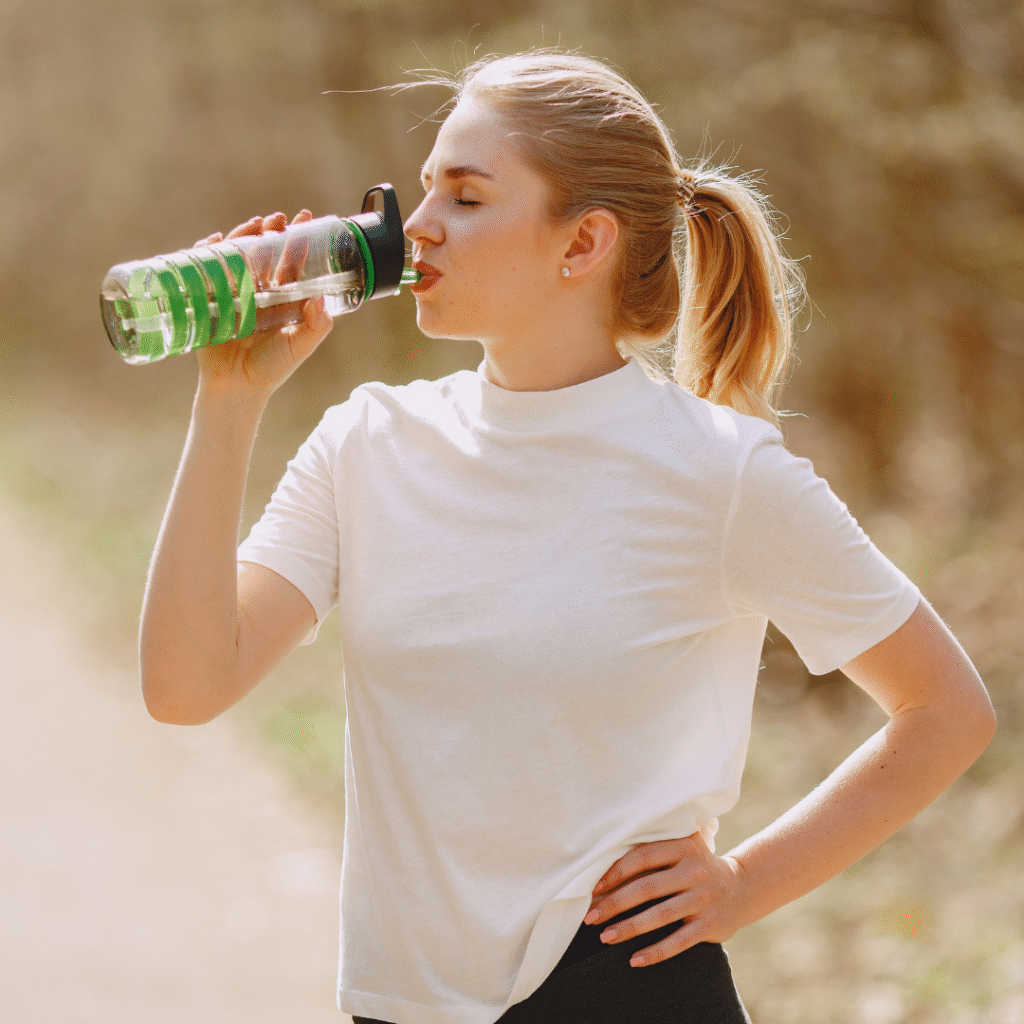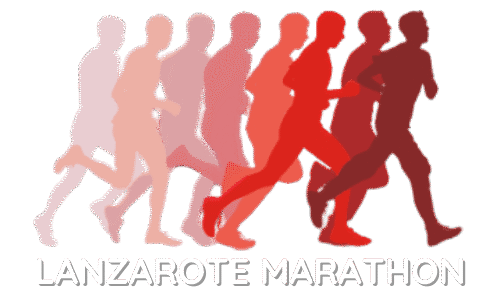
Hydration Strategies for Endurance Athletes: Optimising Performance and Recovery
Endurance athletes understand that effective hydration is crucial for optimal performance. Maintaining proper hydration levels can significantly enhance endurance, reduce fatigue, and improve recovery times during and after intense exercise. Athletes often overlook hydration strategies, yet these can make a substantial difference in achieving their goals.
Effective hydration involves more than just drinking water; it requires a strategic approach to fluid and electrolyte intake. Knowing when and what to drink can help athletes maintain their endurance levels and prevent dehydration-related performance dips. The right balance of fluids can help sustain energy throughout prolonged activities.
Understanding the specific hydration needs based on exercise duration, intensity, and individual sweat rates is essential. By implementing tailored hydration strategies, endurance athletes can equip themselves with the tools to push their limits and achieve peak performance.
The Importance of Hydration for Endurance Athletes
Hydration plays a critical role in the performance and recovery of endurance athletes. Maintaining optimal fluid balance can significantly impact endurance, stamina, and overall performance during prolonged physical activity.
Understanding Fluid Balance
Fluid balance refers to the equilibrium between the amount of water absorbed and lost in the body. For endurance athletes, maintaining this balance is essential to support bodily functions and performance.
Athletes typically lose fluids through sweat and respiration during extended exercise. It is crucial for them to replace these losses promptly to avoid impairing performance. The optimal hydration strategy involves determining sweat rates, understanding individual needs, and adapting fluid intake accordingly.
The Effects of Dehydration on Performance
Dehydration can severely hinder an athlete’s performance. Even a loss of 2% of body weight due to fluid loss can lead to noticeable declines in endurance and strength. As dehydration progresses, athletes may experience increased fatigue, reduced coordination, and decreased cognitive function.
The impact extends beyond physical performance. Mental clarity is crucial during endurance events, and fluid loss can affect decision-making and reactions. Athletes with proper hydration are more likely to perform at their peak and complete their events efficiently.
Key Hydration Concepts for Athletes
Awareness of key hydration concepts can help endurance athletes improve performance. Firstly, it is essential to regularly consume fluids before, during, and after events. A simple guideline is to drink approximately 500-750 ml of water in the two hours prior to exercise.
During prolonged exercise, athletes should aim for 150-300 ml of fluid every 15-20 minutes. A mix of water and electrolyte-enhanced beverages can replenish losses due to sweating. Adjusting these strategies based on environmental conditions, such as heat and humidity, can further enhance performance.
Maintaining hydration is not just a matter of thirst; it requires a proactive approach to avoid dehydration and its adverse effects.
Assessing Individual Hydration Needs
Accurate assessment of hydration needs is critical for endurance athletes. Understanding sweat rates, monitoring urine characteristics, and recognising thirst responses can help tailor fluid intake for optimal performance.
Measuring Sweat Rate and Fluid Loss
To determine individual sweat rates, athletes can conduct a simple test. Weighing oneself before and after exercise allows tracking fluid loss.
- Weight Measurement:
- Weigh before exercise.
- Exercise for a set time (e.g., one hour).
- Weigh again post-exercise.
- Fluid Loss Calculation:
- Use the formula: [ text{Sweat Rate (L/h)} = frac{text{Pre-weight} – text{Post-weight} + text{Fluid consumed}}{text{Duration (h)}} ]
Athletes typically lose 0.5 to 2.0 litres of sweat per hour, depending on environmental conditions and individual physiology. Monitoring sweat rates helps athletes plan hydration strategies during training and events.
Interpreting Urine Colour and Specific Gravity
Urine colour is a practical indicator of hydration status. Athletes should aim for pale yellow urine, signifying adequate hydration. Darker urine may indicate dehydration.
- Urine Colour Chart:
- Clear to light straw: Well hydrated
- Straw to amber: Adequate hydration
- Dark amber to brown: Dehydrated
Specific gravity provides additional insights. Using a refractometer, athletes can measure urine specific gravity (USG). Normal ranges are:
- USG Measurements:
- < 1.010: Well hydrated
- 1.010 – 1.020: Mild dehydration
- 1.020: Dehydrated
Maintaining awareness of urine characteristics helps athletes adjust fluid intake effectively.
The Thirst Mechanism in Endurance Sports
The thirst mechanism plays a vital role in maintaining hydration balance. It is often stimulated by losses in body mass and increased electrolyte concentration.
- Key Points:
- Thirst may not always signal immediate hydration needs, so athletes should not rely solely on it.
- Anticipating fluid needs based on workout intensity and duration is essential.
Athletes should drink at regular intervals during exercise, even if they do not feel thirsty. Monitoring body mass before and after training helps establish fluid needs, ensuring adequate hydration for performance and recovery.
Hydration Strategies Before, During, and After Exercise
Hydration is crucial for endurance athletes to maintain performance and support recovery. A tailored approach to fluid intake before, during, and after exercise ensures athletes remain euhydrated and perform optimally.
Pre-Event Hydration Guidelines
Before an endurance event, athletes should focus on achieving optimal hydration. It is recommended to consume 500-600 ml of fluid about 2-3 hours prior to the start. This helps enhance blood volume and optimises temperature regulation.
Athletes can also sip an additional 200-300 ml about 20-30 minutes before commencing their exercise. Fluid sources should include water and electrolyte-infused drinks to balance hydration levels. Monitoring urine colour can provide insights; light straw indicates good hydration, while darker shades suggest the need for more fluids.
Fluid Replacement During Endurance Exercise
During the event, maintaining fluid balance is essential. Athletes should aim to consume 150-350 ml of fluid every 15-20 minutes, adjusting for weather conditions and exercise intensity.
A mix of water and electrolytes is beneficial. For events exceeding 90 minutes, a solution containing 6-8% carbohydrates can help sustain energy levels. This prevents dehydration and ensures ongoing performance capacity. Regular monitoring of thirst and body weight can help gauge hydration status during prolonged efforts.
Post-Exercise Hydration for Recovery
Post-exercise hydration plays a key role in recovery. Athletes should consume replenishing fluids within 30 minutes of finishing their workout. Aim for about 1.5 litres of fluid for every kilogram lost during exercise.
Electrolyte-rich drinks can aid in restoring balance, particularly after intense workouts. Including carbohydrates with protein can enhance glycogen resynthesis and muscle recovery. Monitoring ongoing hydration through urine colour can help ensure adequate recovery.
Managing Electrolytes and Hydration Solutions
Effective management of electrolytes and hydration solutions is critical for endurance athletes. Proper balance ensures optimal performance and reduces the risk of complications such as hyponatraemia and hypohydration.
The Role of Sodium, Potassium, Calcium, and Magnesium
Electrolytes play a vital role in maintaining fluid balance, nerve function, and muscle contraction.
- Sodium assists in fluid retention and helps regulate plasma sodium concentration. It is essential to prevent hyponatraemia during prolonged exercise.
- Potassium is crucial for muscle function and aids in transmitting nerve impulses. It helps to counteract the effects of sodium.
- Calcium is necessary for muscle contraction and plays a role in blood clotting. Adequate levels support athletic performance.
- Magnesium aids muscle relaxation and energy production. It also supports electrolyte balance by regulating sodium and potassium levels.
Maintaining appropriate levels of these electrolytes during endurance events is essential to prevent muscle cramps and ensure optimal performance.
Choosing Between Water, Sports Drinks, and Energy Drinks
Selecting the right hydration solution depends on the duration and intensity of exercise.
- Water is adequate for short durations and general hydration. It is calorie-free but lacks electrolytes.
- Sports Drinks typically contain carbohydrates along with electrolytes such as sodium and potassium. They provide hydration and energy, making them suitable for events longer than an hour.
- Energy Drinks often have higher sugar content and stimulants. They may not be ideal for hydration due to the potential for digestive issues and fluctuations in energy.
Athletes should consider the activity’s demands when choosing their hydration strategy, balancing fluid intake, electrolytes, and energy needs.
Preventing Hyponatraemia and Hypohydration
Hyponatraemia occurs when plasma sodium concentration drops too low, typically due to excessive water intake without adequate electrolyte replacement.
- Athletes can mitigate this risk by consuming sodium-rich foods or drinks before and during events.
- Hypohydration is a condition resulting from inadequate fluid intake. Signs include fatigue, decreased performance, and increased heart rate.
To prevent hypohydration, athletes should establish a hydration plan that includes regular fluid intake tailored to individual sweat rates and exercise conditions.
Monitoring osmolality levels through urine colour can also help in optimising hydration strategies.
